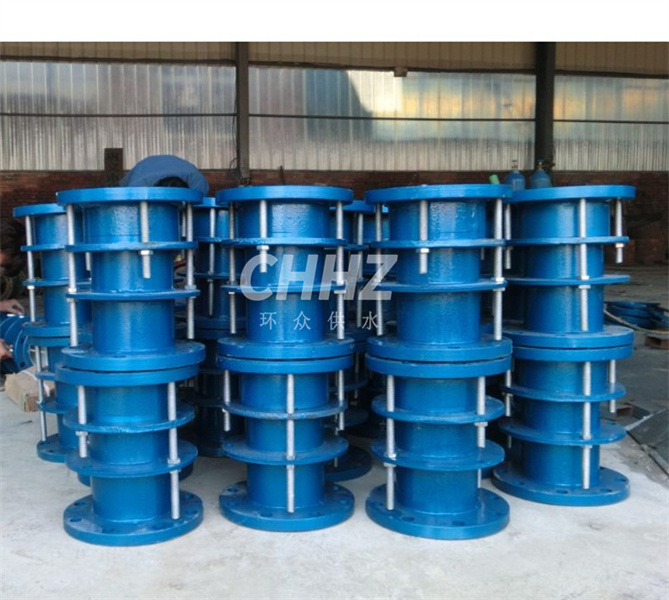Commonly used materials for VSSJA-2 type double-flange limit expansion joints.
Commonly used materials for VSSJA-2 type double-flange limit expansion joints. VSSJA-2 type double-flange limit expansion joints, also known as double-flanged restrained expansion joints, are widely used in piping systems to absorb thermal expansion, vibration, and movement, while also providing flexibility and maintaining sealing integrity. The choice of material for these expansion joints plays a crucial role in their performance and longevity. In this article, we will explore the commonly used materials for VSSJA-2 type double-flange limit expansion joints.
Carbon Steel: Carbon steel is a popular material choice for VSSJA-2 type double-flange limit expansion joints due to its excellent strength and affordability. It is capable of withstanding high pressures and temperatures, making it suitable for a wide range of industrial applications. Carbon steel expansion joints are also known for their durability and resistance to corrosion.
Stainless Steel: Stainless steel is another commonly used material for VSSJA-2 type double-flange limit expansion joints. It offers superior corrosion resistance compared to carbon steel, particularly in aggressive environments or applications involving chemicals, acids, or seawater. Stainless steel expansion joints are available in different grades, such as 304 or 316, depending on the specific requirements of the project.
Ductile Iron: Ductile iron is known for its high strength and durability, making it an excellent material choice for VSSJA-2 type double-flange limit expansion joints. It is resistant to corrosion and can withstand high pressures and temperatures. Ductile iron expansion joints are commonly used in applications where strength and reliability are critical, such as water treatment plants, sewage systems, and power plants.
Duplex Stainless Steel: Duplex stainless steel is a hybrid material that combines the desirable properties of austenitic and ferritic stainless steels. It offers excellent corrosion resistance, high strength, and good weldability. Duplex stainless steel expansion joints are often used in demanding applications where both corrosion resistance and mechanical strength are essential, such as offshore oil and gas platforms and chemical processing plants.
Nickel Alloys: Nickel alloys, such as Inconel or Monel, are highly resistant to corrosion, heat, and deformation, making them suitable for extreme operating conditions. Nickel alloy expansion joints are commonly used in industries where there are high temperatures, aggressive chemicals, or a combination of both, such as petrochemical plants, refineries, and power generation facilities.
It is essential to select the appropriate material for VSSJA-2 type double-flange limit expansion joints based on the specific operating conditions, including temperature, pressure, media, and potential corrosion factors. Consulting with industry professionals and considering the project requirements will help determine the most suitable material for optimal performance and longevity.
In conclusion, VSSJA-2 type double-flange limit expansion joints are vital components in piping systems, providing flexibility and absorption of thermal expansion and movement. The commonly used materials for these expansion joints include carbon steel, stainless steel, ductile iron, duplex stainless steel, and nickel alloys. Each material offers unique properties and advantages, allowing for the selection of the most suitable material based on the specific application requirements.
